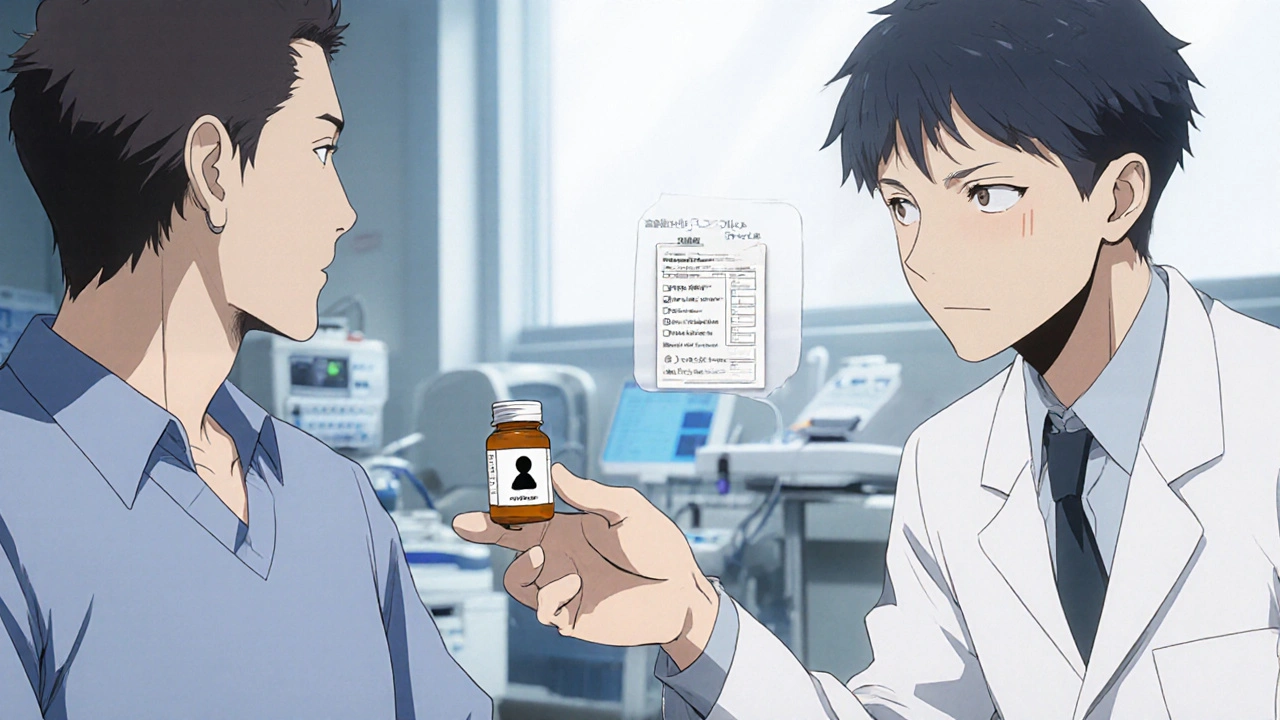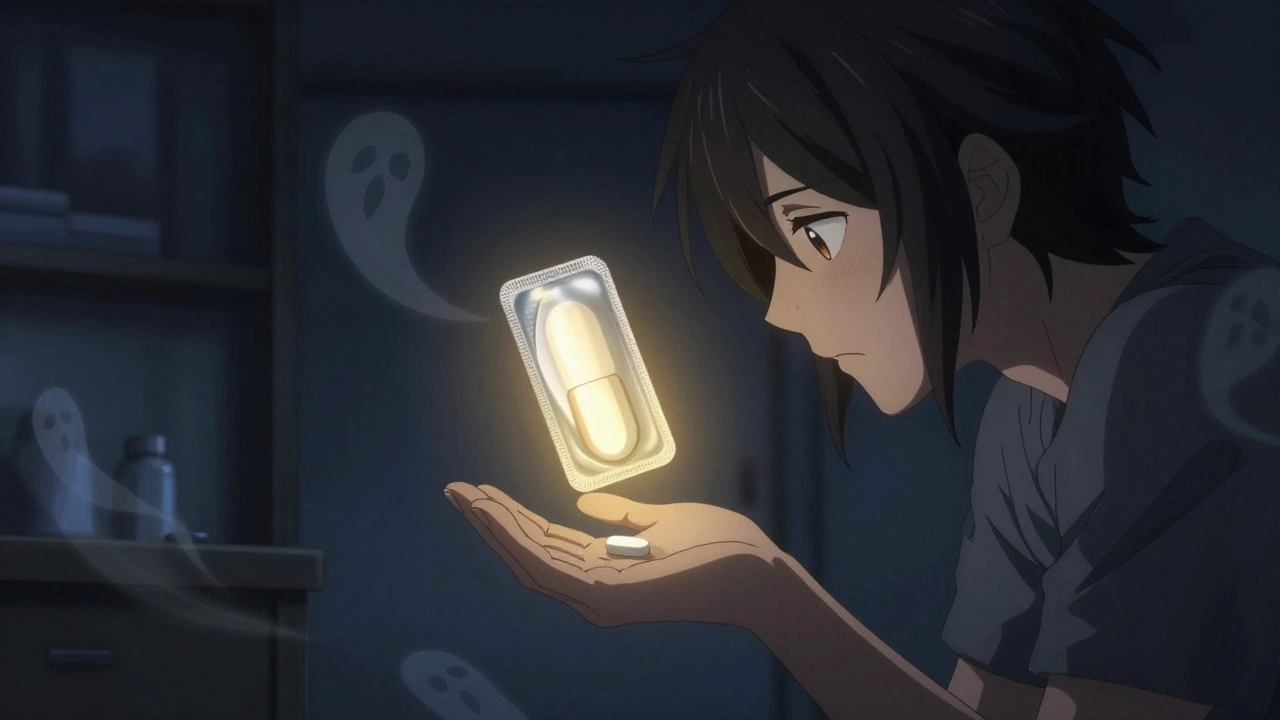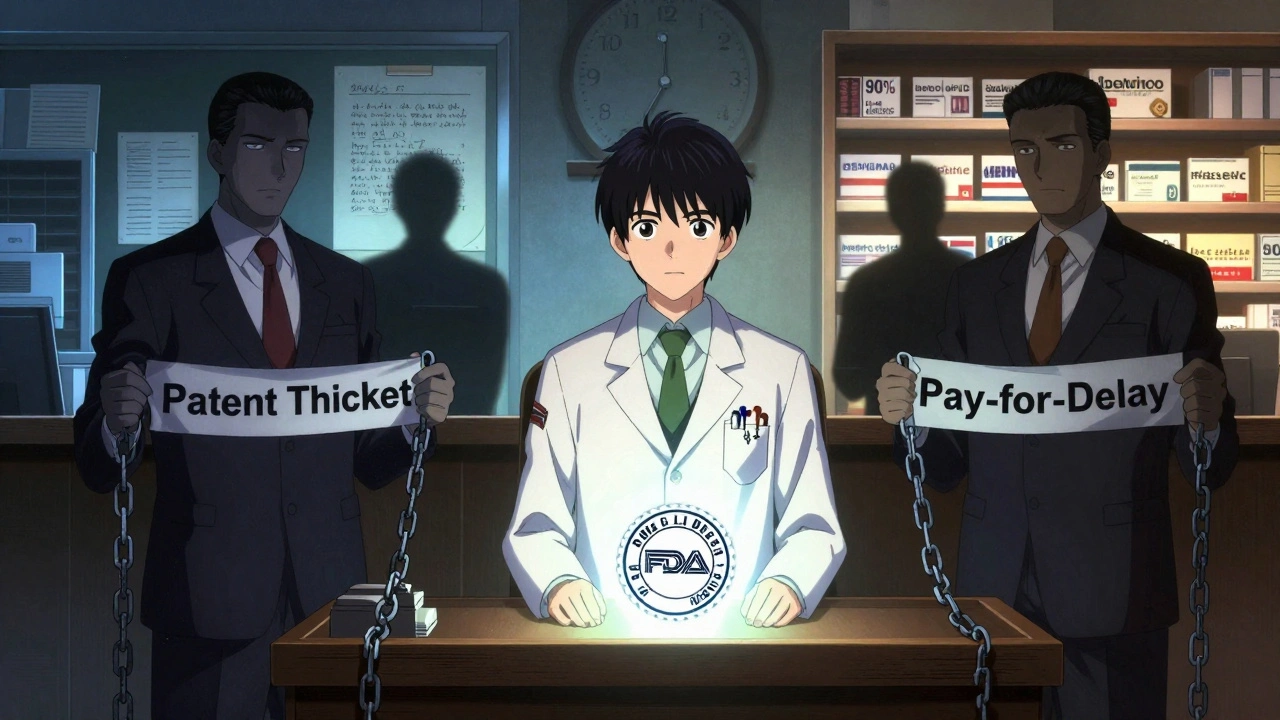Key Takeaways
- Azathioprine is a cornerstone immunosuppressant for kidney, liver, heart and pancreas transplants.
- It works by disrupting DNA synthesis in rapidly dividing T‑cells, lowering the risk of graft rejection.
- Typical dosing starts at 1-2 mg/kg/day, adjusted by therapeutic drug monitoring and patient tolerance.
- Common side effects include bone‑marrow suppression, liver enzyme elevation and infection risk; regular labs are essential.
- Compared with mycophenolate mofetil or cyclosporine, azathioprine offers lower cost and a well‑established safety profile for many patients.
What is Azathioprine?
When you first see the name, you might think it’s a chemotherapy drug. In reality, Azathioprine is a purine analogue that interferes with DNA synthesis, especially in rapidly dividing cells such as lymphocytes. It was first approved in the 1960s for organ transplantation and autoimmune disorders, and it remains a go‑to choice because of its predictable pharmacokinetics and relatively low price.
How Azathioprine Supports Organ Transplantation
Transplant success hinges on preventing the recipient’s immune system from attacking the new organ - a process called graft rejection. The immune response is driven largely by T‑cells white blood cells that recognize foreign antigens and launch an attack. Azathioprine reduces the number of active T‑cells by halting their ability to duplicate DNA, which in turn blunts the cascade that leads to rejection.
In the context of organ transplantation the surgical replacement of a failing organ with a donor organ, azathioprine is usually part of a triple‑therapy regimen that includes a calcineurin inhibitor (like cyclosporine) and steroids. This combination targets different steps of the immune response, offering a balanced suppression while minimizing any single drug’s toxicity.
Typical Dosing & Administration
Patients generally start azathioprine at 1-2 mg per kilogram of body weight per day. For a 70 kg adult, that translates to 70-140 mg daily, split into two doses to smooth out blood levels. Dosing is then fine‑tuned based on:
- Complete blood count (CBC) results - looking for neutropenia or thrombocytopenia.
- Liver function tests - elevated ALT/AST may signal hepatotoxicity.
- Thiopurine methyltransferase (TPMT) activity - a genetic test that predicts how quickly the body metabolizes azathioprine. Low TPMT activity warrants a reduced dose to avoid severe bone‑marrow suppression.
Because azathioprine’s effects are not immediate, clinicians often overlap it with stronger agents for the first few weeks post‑transplant, then taper the others as the graft stabilizes.

Benefits in Organ Transplantation
When used correctly, azathioprine can keep rejection rates under 15 % in kidney transplants and under 10 % in liver transplants during the first year. Its long‑track record means most transplant centres have clear protocols, making it easier to educate patients about what to expect. Other advantages include:
- Lower cost compared with newer agents like belatacept.
- Less nephrotoxicity than calcineurin inhibitors, which is crucial for kidney recipients.
- Oral administration, which simplifies outpatient management.
Common Side Effects & Monitoring Strategies
Even with its benefits, azathioprine isn’t free of risks. The most frequent adverse events are:
- Bone‑marrow suppression: drops in white blood cells or platelets. Weekly CBCs for the first month, then monthly until stable.
- Liver enzyme elevation: monitor ALT/AST every two weeks initially.
- Infection susceptibility: patients should receive prophylactic antivirals (e.g., for CMV) and be vigilant for fever or respiratory symptoms.
- Increased cancer risk: long‑term azathioprine use has been linked to skin cancers and lymphomas; annual dermatology checks are recommended.
Prompt dose reduction or temporary discontinuation usually reverses most lab abnormalities, but a clear communication line between the transplant team and the patient is essential.

Comparing Azathioprine with Other Immunosuppressants
While azathioprine remains popular, clinicians often weigh its profile against newer drugs. Below is a snapshot of how it stacks up against Mycophenolate mofetil an antiproliferative agent that inhibits inosine monophosphate dehydrogenase and Cyclosporine a calcineurin inhibitor that blocks IL‑2 production.
| Attribute | Azathioprine | Mycophenolate mofetil | Cyclosporine |
|---|---|---|---|
| Mechanism | DNA synthesis inhibition in T‑cells | Inhibits guanine nucleotide synthesis | Calcineurin inhibition → ↓IL‑2 |
| Typical dose | 1-2 mg/kg/day | 1-1.5 g twice daily | 3-5 mg/kg/day |
| Nephrotoxicity | Low | Very low | High |
| Bone‑marrow suppression | Common | Rare | Rare |
| Cost (US$ per month) | ~$50 | ~$300 | ~$200 |
| Infection risk | Moderate | Moderate‑High | High |
Choosing the right mix depends on organ type, patient comorbidities, and cost considerations. Many centres keep azathioprine as the backbone, adding mycophenolate for higher‑risk patients or switching to cyclosporine when rapid, potent suppression is needed.
Practical Tips for Patients and Caregivers
Here are some everyday actions that keep azathioprine therapy smooth:
- Never skip blood tests - a missed CBC can hide a dangerous drop in neutrophils.
- Take the medication with food to reduce stomach upset.
- Avoid live vaccines; opt for inactivated versions when immunizations are needed.
- Stay hydrated and protect your skin from excessive sun exposure - UV can trigger skin cancers.
- Keep a medication list handy; inform any new prescribers you’re on azathioprine to prevent drug interactions, especially with allopurinol or ribavirin.
Frequently Asked Questions
Can azathioprine be used alone for transplant patients?
Rarely. It’s typically part of a combination regimen because a single agent seldom provides enough suppression without raising toxicity.
How long do patients stay on azathioprine after a transplant?
Most remain on it for life, though dosage may be tapered after the first year if graft function is stable and side‑effects are minimal.
Is azathioprine safe during pregnancy?
It is classified as FDA Category D. Women of child‑bearing age should discuss risks with their transplant team; sometimes switching to mycophenolate is advised.
What should I do if I develop a sore throat?
Contact your transplant clinic right away. A sore throat can be an early sign of neutropenia‑related infection and may require a temporary dose reduction.
Can diet affect azathioprine effectiveness?
Yes. Foods high in purines (like organ meats) can increase metabolite levels, while excessive alcohol can worsen liver toxicity. A balanced diet with moderate protein is recommended.
Understanding how azathioprine fits into the transplant puzzle empowers patients to stay proactive, keep labs on track, and enjoy a longer, healthier life with their new organ.







HILDA GONZALEZ SARAVIA
October 24, 2025 AT 16:35TPMT testing before starting azathioprine can prevent severe bone‑marrow suppression. It’s a simple blood draw that tells you how fast your body will metabolize the drug. For patients with low TPMT activity, the dose should be reduced by 50 % or more. Keeping an eye on CBCs during the first month is also essential.
Amanda Vallery
October 27, 2025 AT 09:44Azathioprine start dose 1‑2 mg/kg/dy.
Marilyn Pientka
October 30, 2025 AT 02:53The pharmacodynamic profile of azathioprine renders it a cornerstone in immunosuppressive regimens, particularly for low‑resource settings. Its mechanism of purine analog incorporation into nascent DNA strands is both elegant and efficacious, albeit accompanied by a nontrivial myelosuppressive liability. Consequently, clinicians must balance therapeutic benefit against hematologic risk with unwavering vigilance.
Kathryn Rude
November 1, 2025 AT 22:48Azathioprine really shines when cost is a major factor 😊 the drug’s affordability makes it accessible for many transplant programs.
Lindy Hadebe
November 4, 2025 AT 18:43Seems like another generic drug with the same old side effects.
Ekeh Lynda
November 7, 2025 AT 14:38Azathioprine has been a staple in transplant medicine for decades and its longevity in clinical use speaks to its reliability. The drug works by mimicking purine bases and getting incorporated into the DNA of proliferating lymphocytes. Once inside the cell it halts the synthesis of new DNA strands and forces the cell into a state of arrest. This effect is particularly pronounced in T‑cells which are the main drivers of graft rejection. Because of this targeted action the overall immune response is dampened without a complete shutdown of all immune functions. Patients on azathioprine therefore retain some ability to fight infections though the risk is still elevated. Regular monitoring of blood counts allows clinicians to catch neutropenia before it becomes life threatening. Liver function tests are also part of the surveillance strategy as hepatotoxicity can develop silently. The dose of the medication is individualized based on body weight and TPMT enzymatic activity which varies widely among individuals. In those with normal TPMT activity the standard starting range of one to two milligrams per kilogram per day is appropriate. For patients with intermediate activity the dose is typically halved to avoid marrow toxicity. Those with deficient activity may be switched to an alternative agent altogether. The oral formulation of azathioprine simplifies outpatient management compared with intravenous alternatives. Cost considerations remain a driving factor, especially in health systems with limited budgets. Studies have shown that when used as part of a triple‑drug regimen azathioprine contributes to graft survival rates comparable to newer, more expensive agents. Ultimately the decision to include azathioprine in a patient’s regimen hinges on a careful assessment of risk, benefit, and economic factors.
Kester Strahan
November 10, 2025 AT 10:34Azathioprine’s impact on T‑cell proliferation is well‑documented but don’t forget to check your CBCs weekly at first. If you notice a dip in neutrophils you’ll want to talk to your transplant team about dose tweaks. Also, watch out for any weird stomach upset after you take it with meals.
Jordan Levine
November 13, 2025 AT 06:29Our hospitals should stick with proven drugs like azathioprine instead of chasing fancy foreign meds 🇺🇸💪 it's reliable and keeps our patients safe.
Carla Taylor
November 16, 2025 AT 02:24Great tip on TPMT testing! it really helps patients feel more secure about their meds 😊
Mary Mundane
November 18, 2025 AT 22:19The side‑effect profile is pretty standard for immunosuppressants.
Michelle Capes
November 21, 2025 AT 18:14I get that the jargon can be overwhelming 😅 but the key point is that careful monitoring makes the therapy safer for everyone.
Dahmir Dennis
November 24, 2025 AT 14:10Ah yes, the miracle of azathioprine, the panacea that will solve all transplant woes while we all sit back and hope the labs stay normal. It’s not like we have to worry about bone‑marrow suppression or liver enzyme spikes, right? Just pop a pill and the immune system will magically forget the new organ exists. Of course, the cost is a bargain compared to those fancy biotech concoctions. And let’s all applaud the fact that we can monitor blood counts every week without any inconvenience. Truly, we are living in a golden age of medicine where a single drug does everything perfectly.
Dawn Bengel
November 27, 2025 AT 10:05America’s transplant programs lead the world and they know azathioprine works best for our patients 🇺🇸🚀
junior garcia
November 30, 2025 AT 06:00Azathioprine: a humble hero in the fight for a new life.
Dason Avery
December 1, 2025 AT 16:35Even with the sarcasm the drug still has a solid place in transplant care 😊 keep the faith.